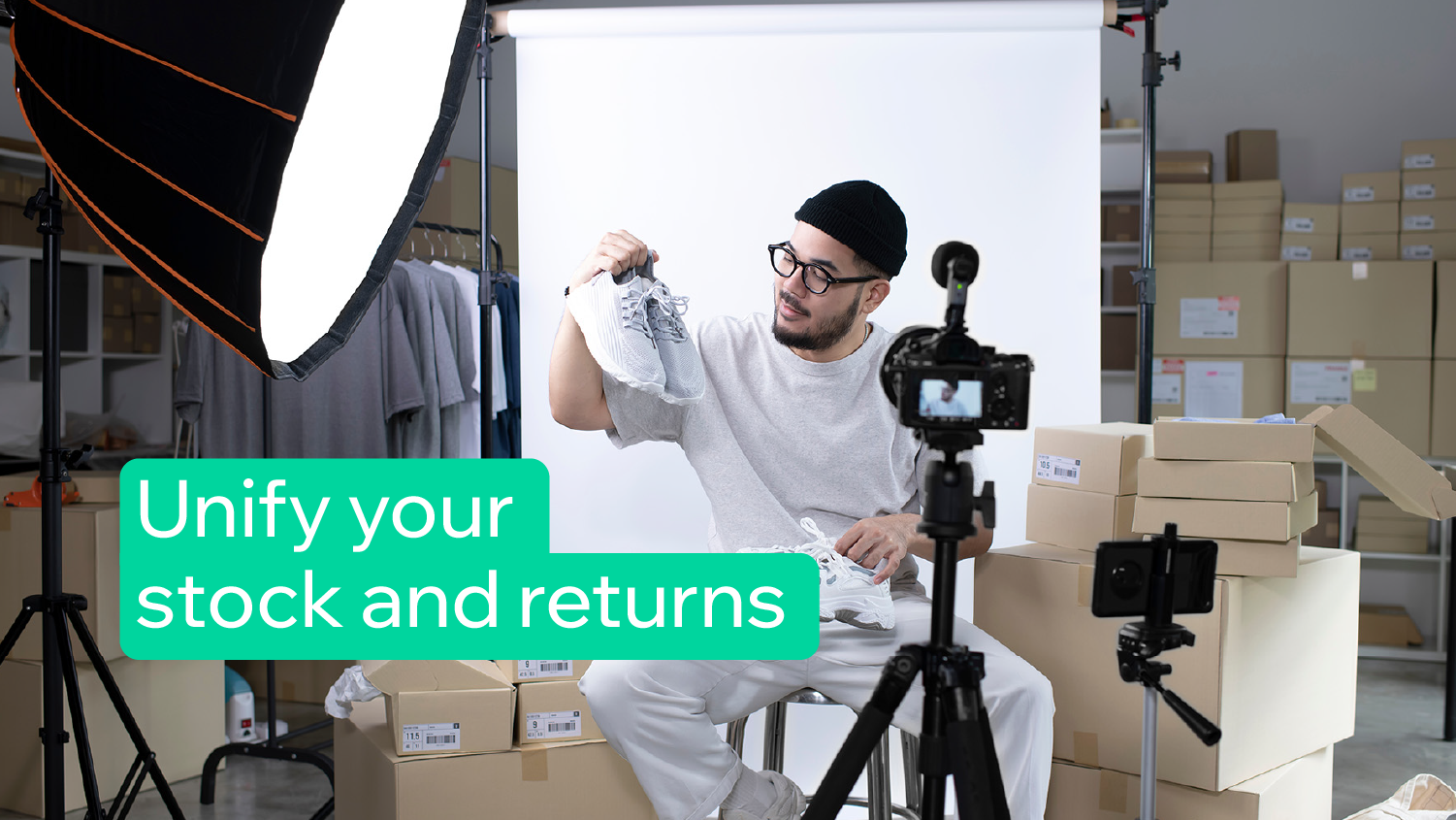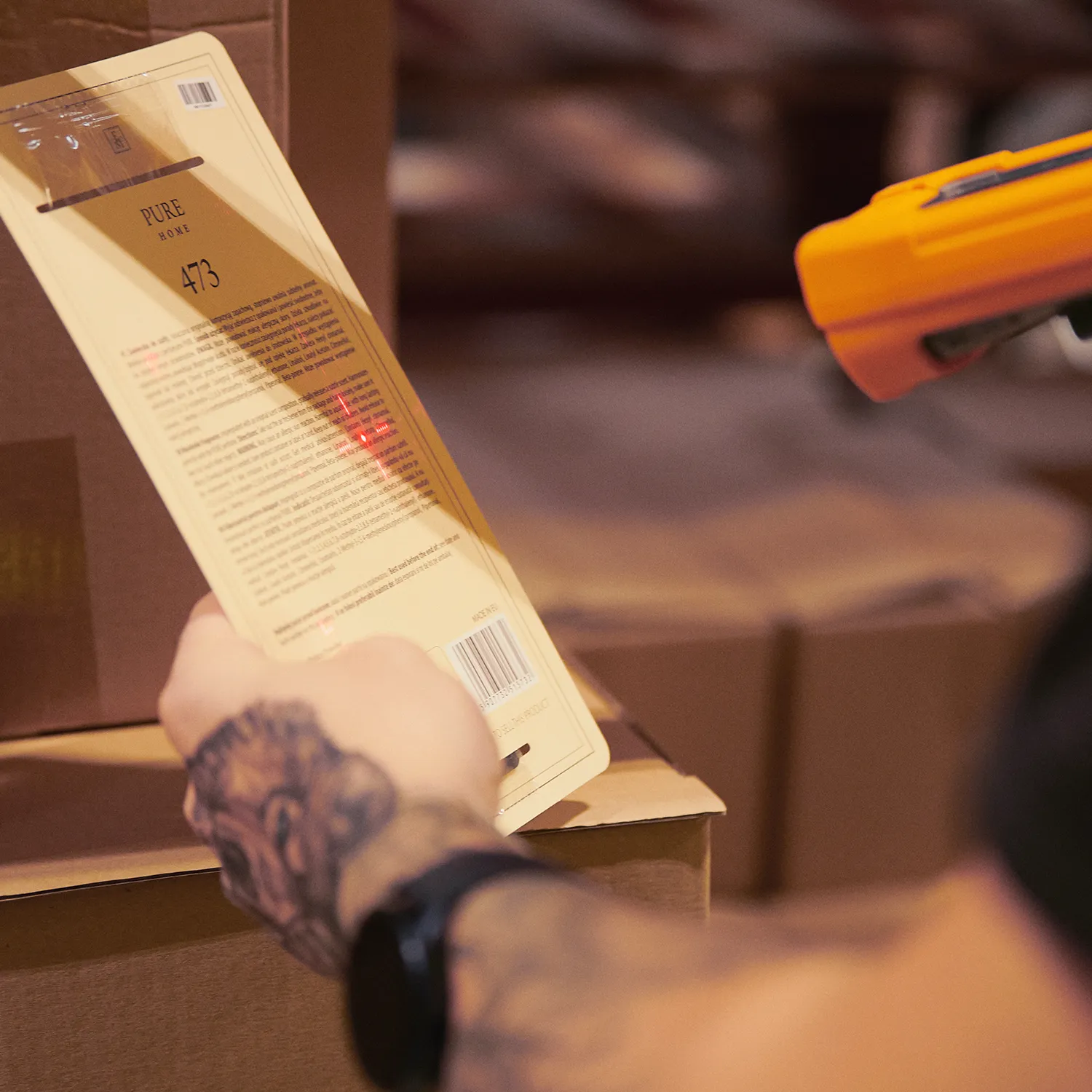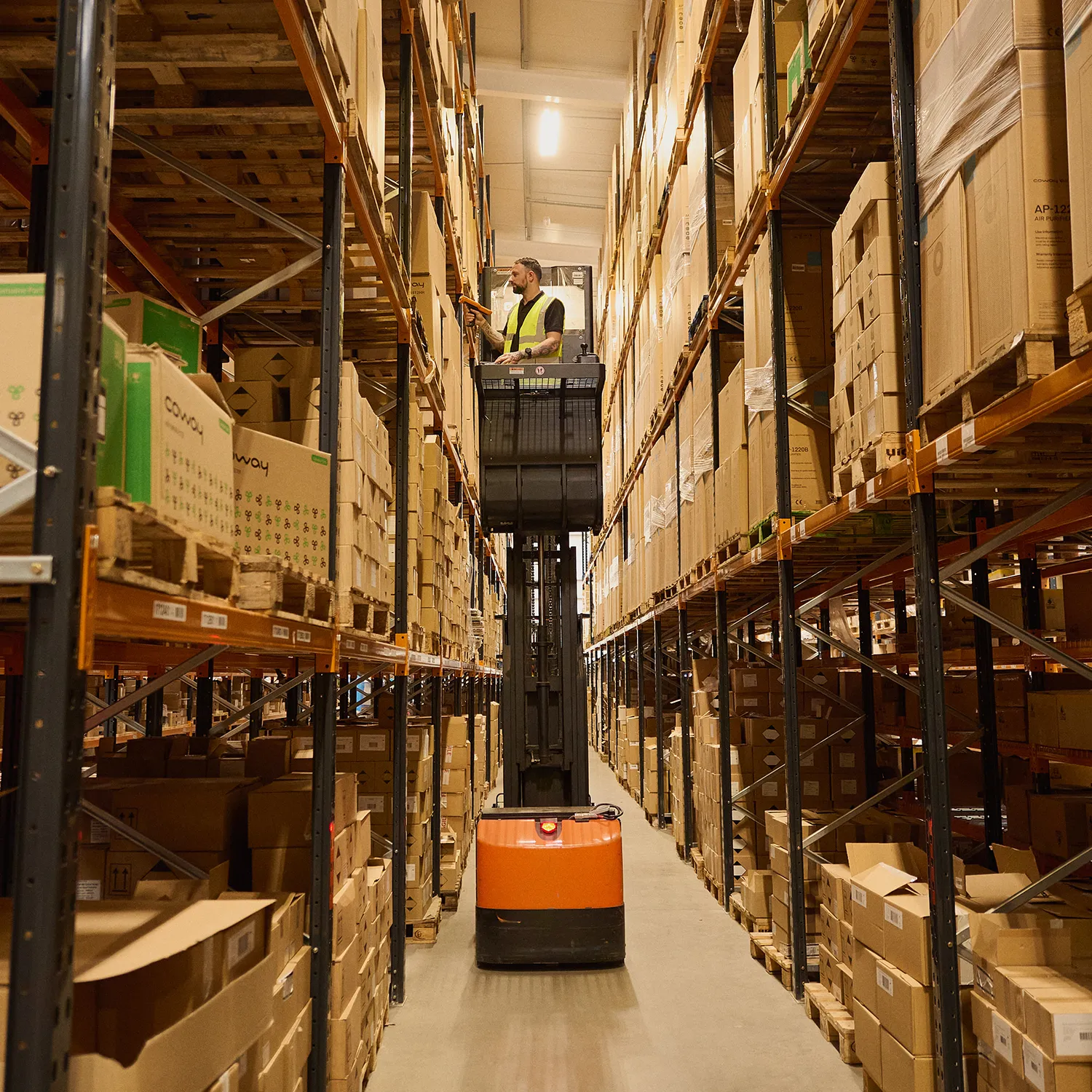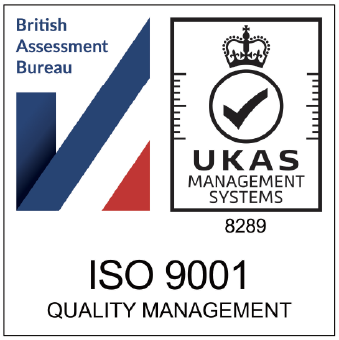Article Overview
- Disconnected inventory and returns lead to overselling, stockouts, and unhappy customers.
- Omnichannel fulfilment enables real-time stock visibility across every sales and return channel.
- Unifying returns across platforms prevents write-offs and increases inventory recovery.
- 3PLs like 3PL Fusion help simplify complex inventory and return workflows.
- This approach helps businesses improve accuracy, efficiency, and customer experience.
Why fragmented systems fail
If your business is selling across multiple channels like Amazon, TikTok Shop, Shopify, and physical stores, managing inventory and returns separately for each platform creates a mess. Each system might have a different stock level, return status, or SKU format. That’s when mistakes happen – overselling, understocking, and lost returns.
Disjointed data isn’t just a logistical nightmare – it erodes customer trust. A customer who gets a “back in stock” email only to have their order cancelled due to an inventory error won’t come back. And if returned products are lost in the system instead of re-entering sellable stock, it’s money wasted.
What does omnichannel fulfilment solve?
Omnichannel fulfilment brings everything together. It connects all your stock and return operations into one unified system. This means:
- A single, real-time view of inventory across all platforms
- Centralised tracking of returns regardless of where the order originated
- Unified rules for how returned stock is assessed, processed, and restocked
- Better forecasting because your data isn’t split between tools
This level of integration is especially important for brands managing high SKU counts, seasonal product lines, or cross-border fulfilment.
Real-time visibility matters more than you think
Without real-time updates, your inventory decisions are always a step behind. For example, if a product sells out on TikTok Shop but your website still shows it as in stock, you’ll have to cancel the order or delay shipping.
A true omnichannel setup tracks inventory movement instantly – whether it’s an item sold, returned, or moved between locations. Platforms like 3PL Fusion automate this visibility, syncing stock changes across all channels.
The result? You prevent overselling, spot low-stock issues before they cause problems, and confidently plan your purchasing strategy.
Returns: the missing piece of the puzzle
Most ecommerce brands still treat returns as a secondary workflow – slow, manual, and isolated from the rest of the system. But returns are a major source of lost revenue and inefficiency.
Omnichannel fulfilment ensures returns are processed with the same precision as orders:
- Items are returned into the correct inventory location
- Quality is assessed consistently
- Products are restocked or flagged for disposal quickly
- Refunds and customer notifications are automated
This reduces delays, improves your reverse logistics operation, and recovers value from stock that might otherwise be written off.
A real-world example
A lifestyle brand selling on Shopify, TikTok Shop, and in pop-up retail spaces used to track returns manually through spreadsheets. Items were often missed, refunded without being received, or left sitting in a “returns quarantine” for weeks.
After switching to a unified fulfilment setup using 3PL Fusion, all returns were scanned and processed into the same system as their outbound orders. Stock was automatically updated across platforms, and the average time to restock a return dropped from 14 days to just 3.
That change improved cash flow and made stock forecasting significantly more accurate.
How 3PL Fusion supports unified stock and returns
At 3PL, we help businesses take control of their stock and returns through our Fusion platform. It connects to major sales channels, manages warehouse activity in real time, and gives complete visibility over every product in your ecosystem.
Key benefits include:
- Centralised stock management with live syncing
- Returns processing workflows tailored to your SKUs
- Location-level control for multi-warehouse businesses
- Analytics dashboards for forecasting and planning
You don’t need to build this in-house – we’ve already done it.
Is your business ready?
You might not be selling across ten platforms or dealing with thousands of SKUs, but even a small brand can benefit from unified stock and returns. If you’re juggling spreadsheets, dealing with customer complaints, or can’t trust your own inventory data, now’s the time to switch.
Ready to unify your operations?
Managing orders and returns doesn’t need to be stressful. With the right omnichannel fulfilment setup, you can regain control of your inventory, recover more stock, and deliver a smoother customer experience.
Speak to our team at 3PL today to see how Fusion can streamline your operations.
Speak to 3PL about your order fulfiment
It’s time to supercharge your business and overtake your competitors. Speak to 3PL today and find out how we can take your ecommerce and B2B fulfilment to the next level.






